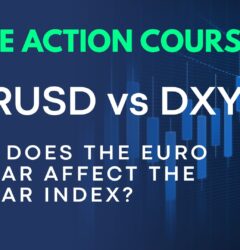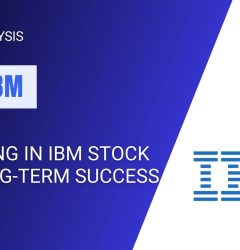03 Jan

Are you looking to dive into the exciting world of stock and forex trading? If so, understanding the basics of supply and demand is crucial for your success. Whether you’re a beginner or an experienced trader, this blog post will take you on an exploratory journey into the concept of supply and demand in these markets. Get ready to uncover valuable insights that will empower you to make informed decisions and maximize your profits. So grab a cup of coffee, sit back, and let’s unravel the fascinating dynamics that drive stock and forex prices!
Are you interested in trading stocks but don’t know where to start? In this free trading webinar, I will explain supply and demand fundamentals and how they apply to forex and stock analysis. Learn how to identify buying and selling opportunities and how to trade stocks and forex successfully using supply and demand principles. Get ready to take your trading skills to the next level!
These supply and demand concepts can be applied to any market and timeframe. The one-hour-and-a-half webinar below will review many stocks and Forex cross-parallels using supply and demand forces in larger timeframes.
Introduction to Supply and Demand in Trading
Supply and demand are two fundamental concepts that play a crucial role in the world of trading. They are the forces that determine the prices of any given financial asset, such as stocks or forex currencies. To become a successful trader, it is essential to have a solid understanding of how these two factors interact with each other.
What is Supply? In simple terms, supply refers to the quantity of a particular financial asset available in the market. It represents the willingness and ability of sellers to offer their assets at a specific price point. The higher the supply, the more likely prices will decrease, as there are more sellers than buyers.
What is Demand? Demand refers to consumers’ desire and ability to buy a particular financial asset at a given price point. It represents how much buyers will pay for an asset at any given time. The higher the demand, the more likely prices will increase.
How Does Supply and Demand Affect Prices? The relationship between supply and demand is often described as inverse – when one increases, the other decreases. When an excess supply of an asset is in the market, prices tend to decrease due to competition among sellers to attract buyers. Conversely, when there is a high demand for an asset with limited supply, prices tend to increase as buyers compete against each other to purchase it.
Price action patterns will provide valuable insights into potential supply and demand zones. For example, a bullish, engulfing candlestick pattern near a demand level could indicate a strong buying interest in that zone. In contrast, a bearish engulfing pattern near a supply level may suggest an impending sell-off.
At Set and Forget, we do not use volume analysis. However, volume is another essential factor that many consider when identifying supply and demand zones. When there is high volume at a particular price level, it usually indicates significant buying or selling activity at that zone. Traders often look for high-volume bars to confirm their analysis of potential supply or demand areas.









